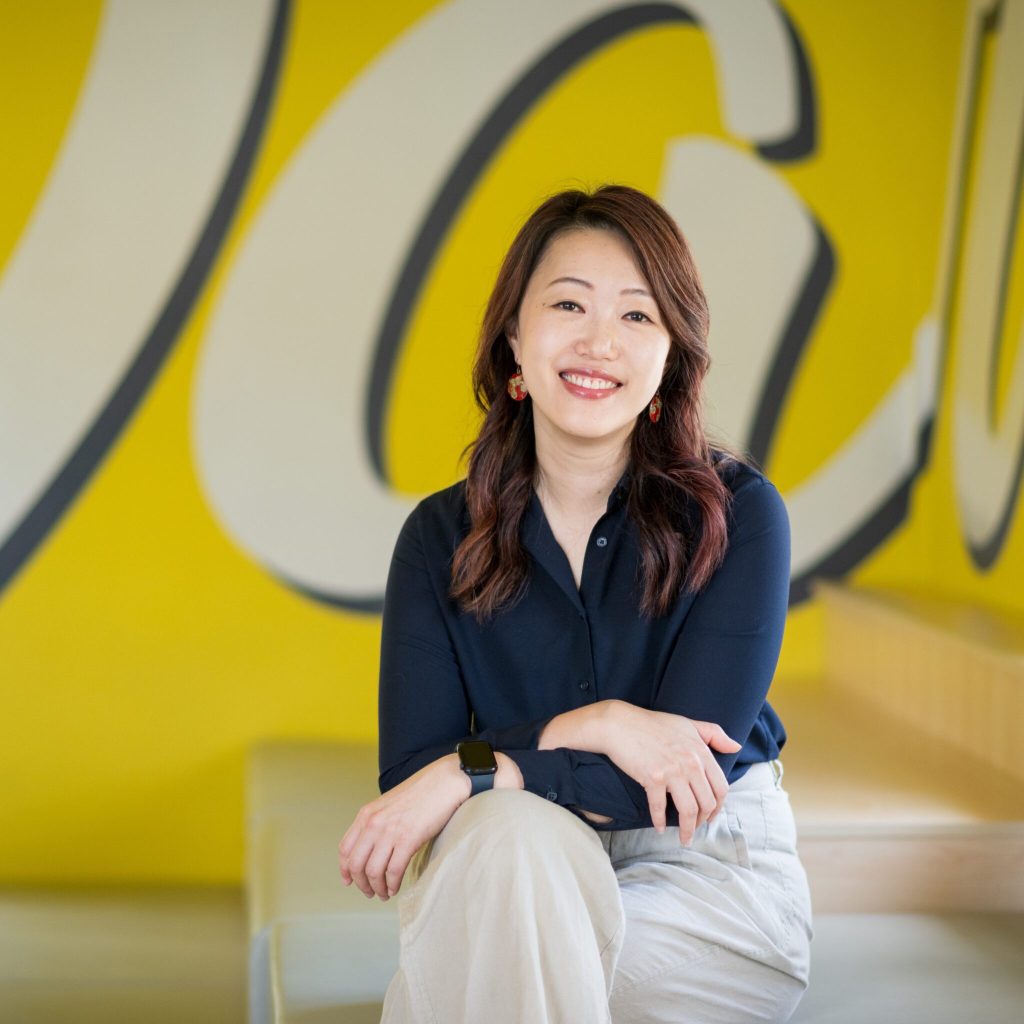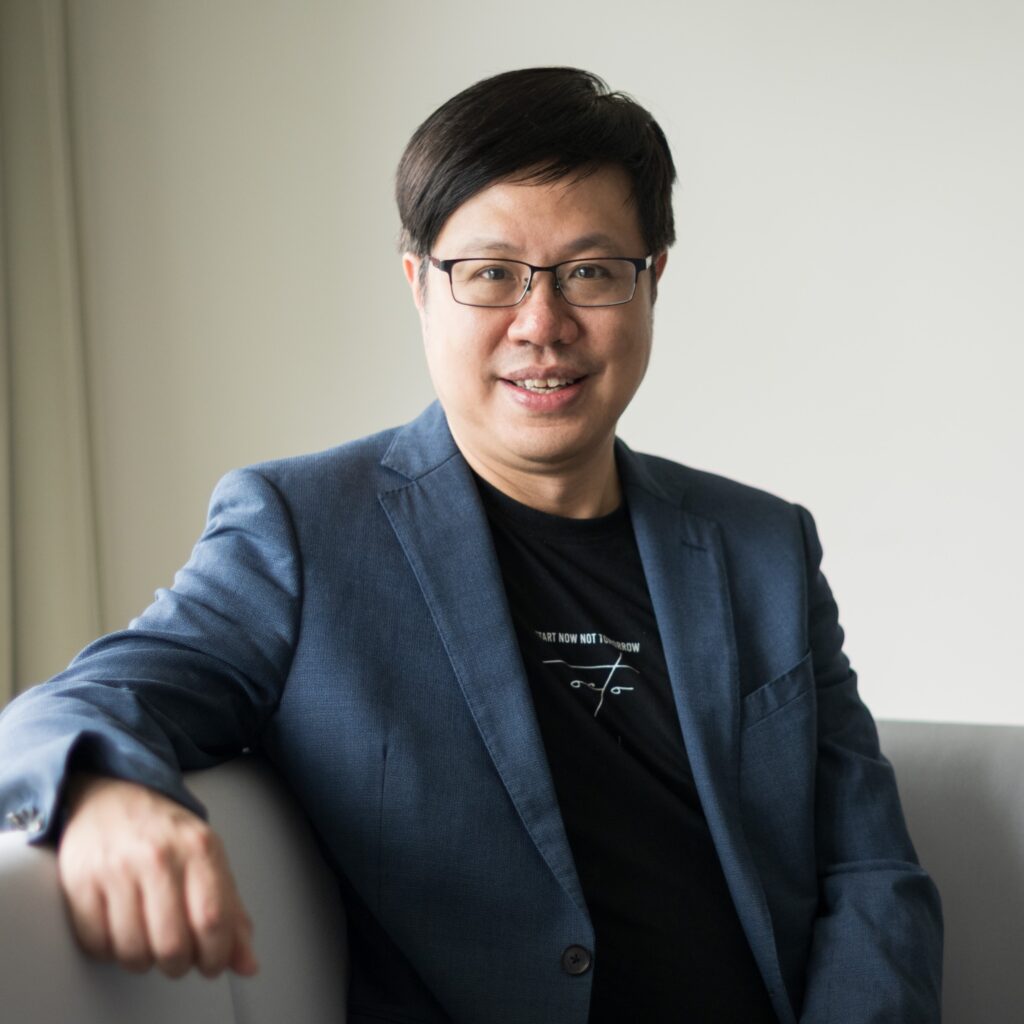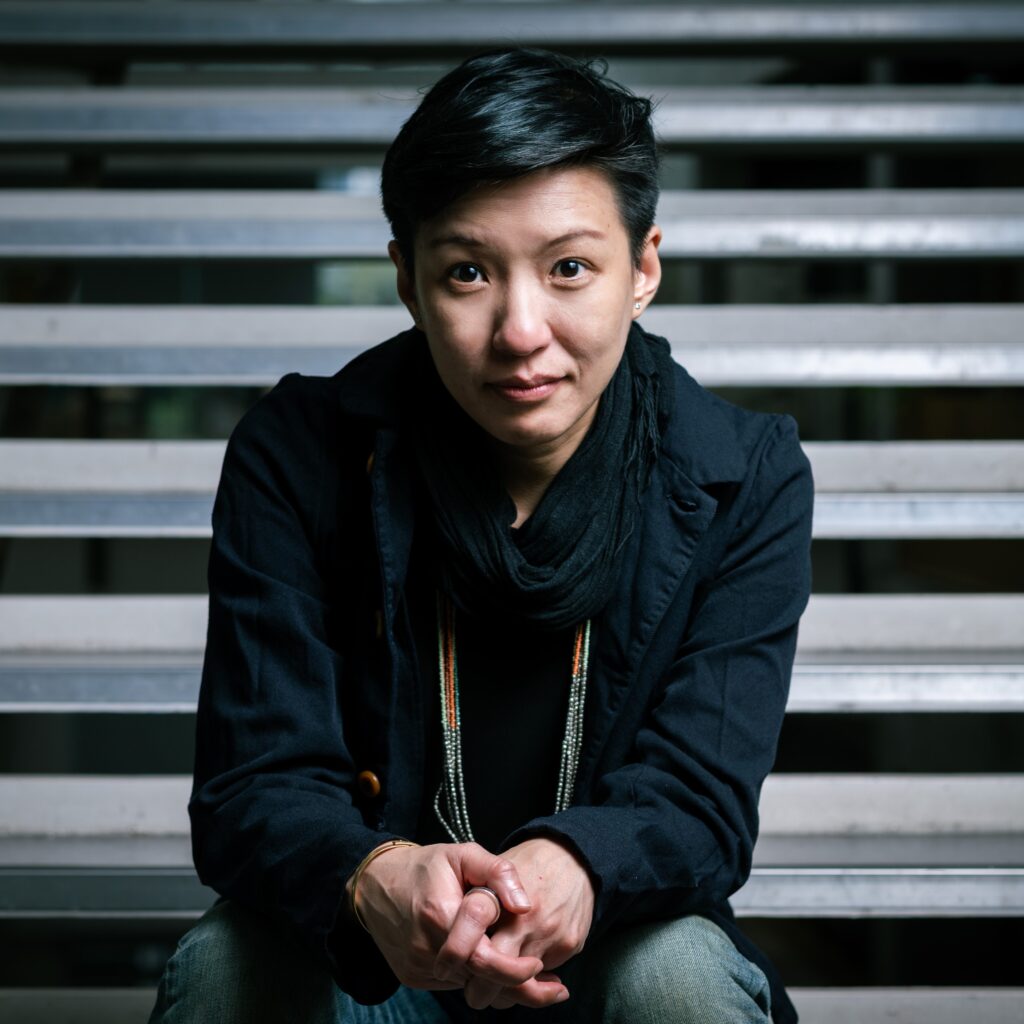Community Design involves the collaboration of community planners, architects, government officials, and community members to better understand the needs and challenges of the community, uncover diverse perspectives from local residents, and co-create community development projects. Japanese community design pioneer Ryo Yamazaki points out that community design is not a new concept; urban planning experts in Europe and America had already proposed it in the 1960s. He further categorizes it into Community Design 1.0 (designing public buildings for the community), 2.0 (building public buildings with the community), and 3.0 (creating lifestyles with the community). He advocates for Community Design 3.0, which “is not limited to designing public buildings but aims to bring people together, foster dialogue, and collectively envision how they want to live together.”
In recent years, Hong Kong has been vigorously promoting entrepreneurship, and the entrepreneurial ecosystem at CUHK has become increasingly vibrant. In July 2019, the entrepreneurial hub InnoPort was established, with its interior design becoming more enriched and complete, and its influence continuously growing. This is a collaborative achievement of CUHK’s faculty, students, and alumni. Various organizations and social enterprises have hosted over 2,600 events at InnoPort, including product presentations by student startups, various entrepreneurship competitions, interdisciplinary forums and seminars, and more.
InnoPort will celebrate its fifth anniversary in 2025. In the final issue of Cubic Zine in 2024, we invited Sarah Mui, Chair of Hong Kong Architecture Centre, the InnoPort’s designer, and an alumna of the School of Architecture at CUHK, to return to her alma mater.
Ten years of entrepreneurship, traversing through highs and lows.For the first time, Sarah discussed InnoPort’s design concept and shared her experiences and insights from participating in community design projects.
“One Bite at a Time”
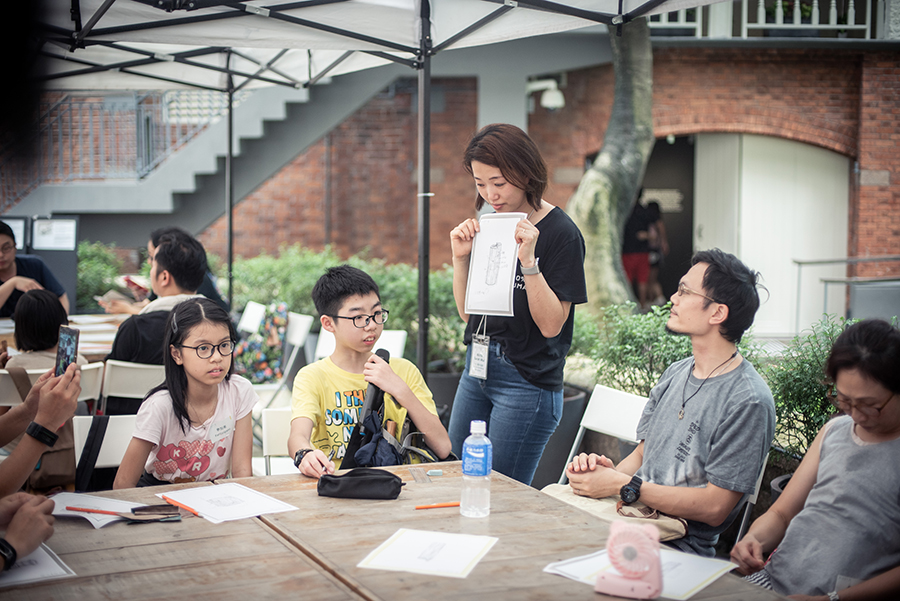
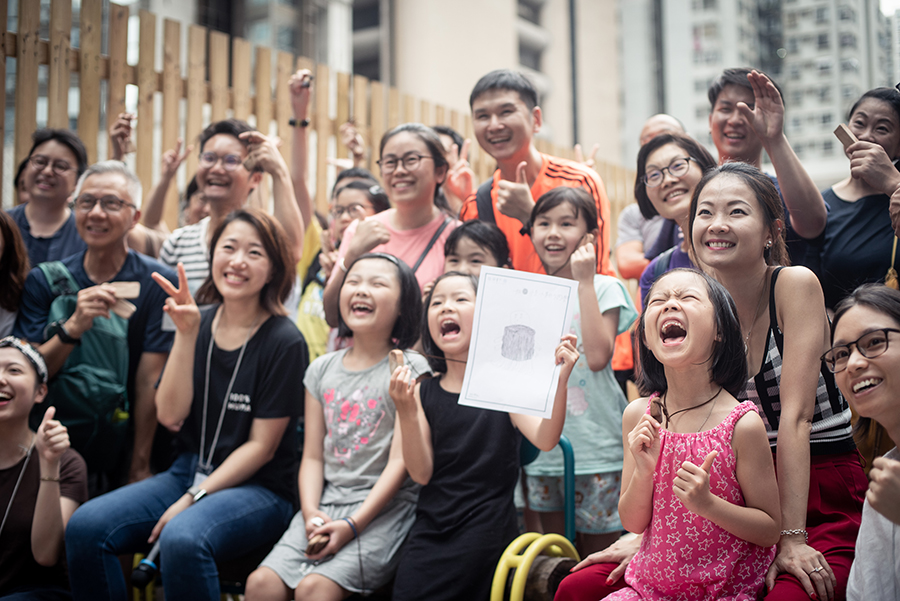
In 2014, Sarah founded the design company One Bite Design Studio. Typically, design companies send out designers to start the design process directly. However, at One Bite, there is a greater emphasis on stakeholders’ participation. This often involves a multidisciplinary team working together to design local spaces with the community. Sarah believes that design cannot be achieved in one leap and cannot satisfy everyone at once. Therefore, “one bite at a time” is sufficient. This approach allows for the gradual accumulation of experience, securing more budget, and achieving greater social impact. This is also the origin of the company’s name.
“Each project is a bite. This bite allows everyone to taste the design. ‘Trying a bite’ will yield benefits and lessons, and by the second project, it becomes a ‘bigger bite,’ and then an even ‘bigger bite’ after that. By the fifth or sixth project, it not only influences one client but also encourages other clients in the industry to think together.”
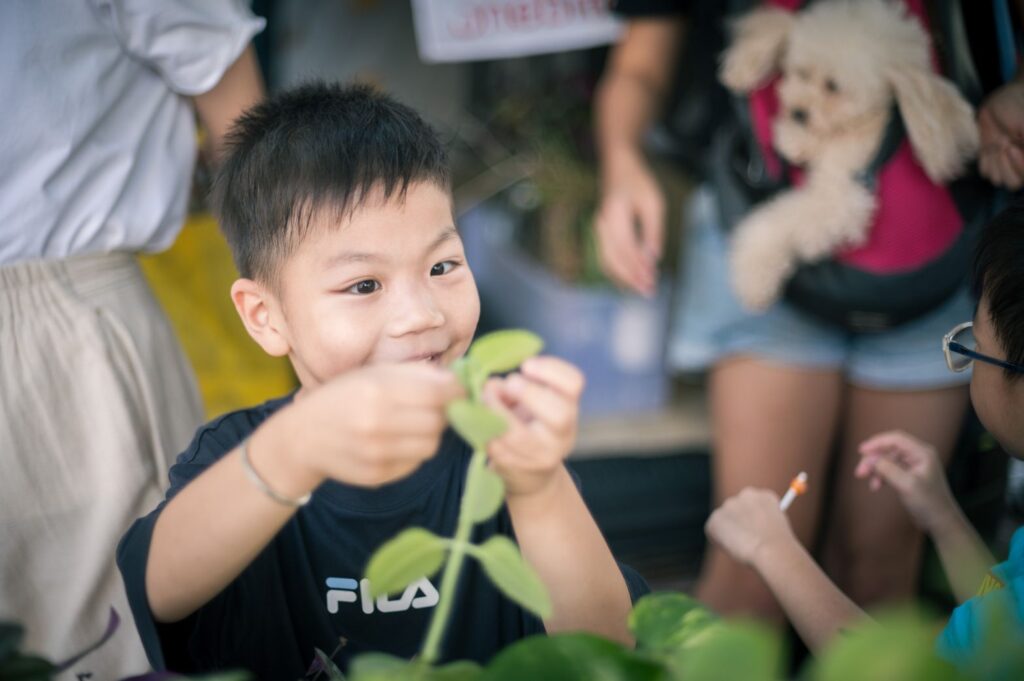 .
. 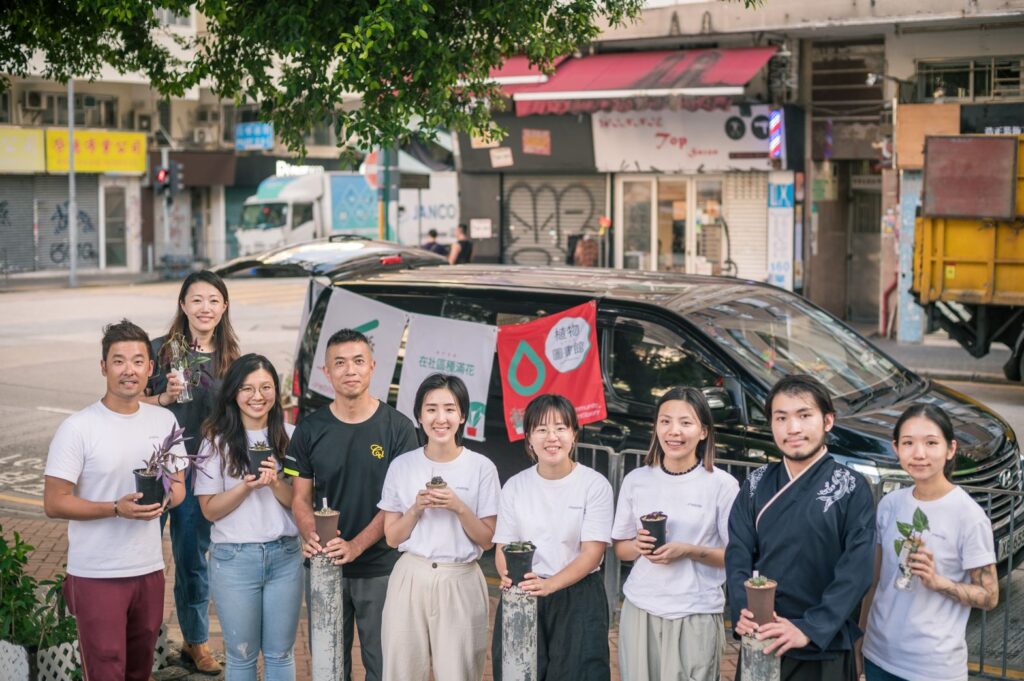
Sarah started her business with her husband and now manages over 30 colleagues. She admits it hasn’t been easy: ‘Communicating with people actually requires learning how to listen to what everyone ultimately needs behind the scenes. The team is filled with talent from diverse backgrounds, including architecture, community engagement, curatorial management, and more. Leading the team to take on project after project, Sarah describes herself as constantly adjusting her mindset and coordinating the team’s vision. Through this process, she has also honed many of her soft skills, allowing inspiration to enrich her and becoming a source of motivation for her work.
“I Am Like the Yeast in the Community”
What is the job of a community designer? Bridging between government-related public institutions, non-profit organizations, community group leaders, surrounding developers, small businesses, designers, and research teams, Sarah starts from the heart, gathering everyone’s wishes. She learns to use different languages to facilitate communication and mutual understanding among various stakeholders.
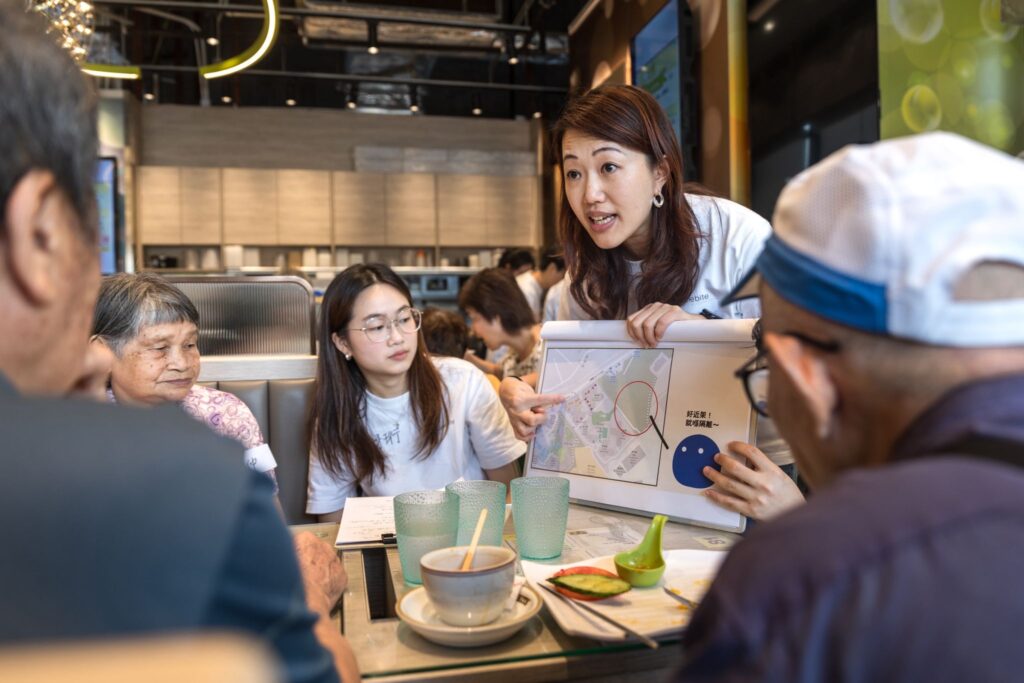 .
. 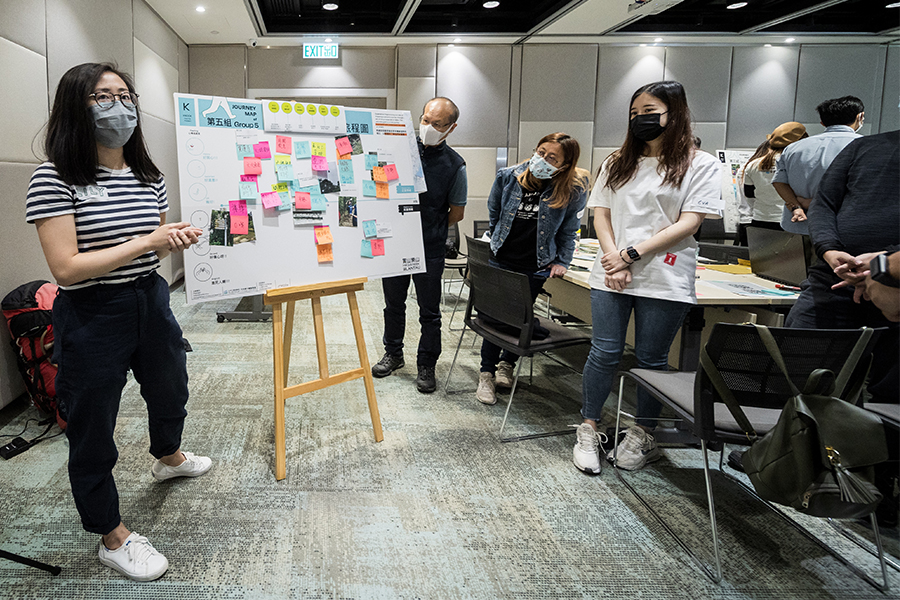
Photo: Like entrepreneurs, the qualities of community designers are more important than their qualifications: they must have no discrimination or conceptual biases towards stakeholders, possess curiosity and empathy to understand all facts and experiences, maintain an open and optimistic attitude, and actively envision future possibilities. They are brave in experimenting, constantly trying, accepting failure, and learning from it. They are passionate about collaborating with partners and practicing integrated thinking. They are committed to entering and deeply engaging with the community, understanding the wisdom of community building, rather than just staying in the office. (Photo: One Bite Design Studio)
Sarah describes herself as the yeast in community design: “Yeast helps with fermentation, and once it is done, all that is left is the fragrant bread, but the yeast itself is no longer visible. We participate in different projects and enter various communities, but we are always limited to a certain period. We hope to connect with everyone during the process; although the yeast will disappear, the space will continue to carry the future and move forward. We are very willing to collaborate with like-minded organizations to establish connections and bake each loaf of bread well.’”
Sarah enjoys interacting with neighbors of different ages and backgrounds, listening to their voices. “What everyone says may seem the same, but it is actually different. What do people think is fun, and what is timeless? Designers can work with everyone to create common ground. Designers can also help translate their ideas, which can further empower the project.”
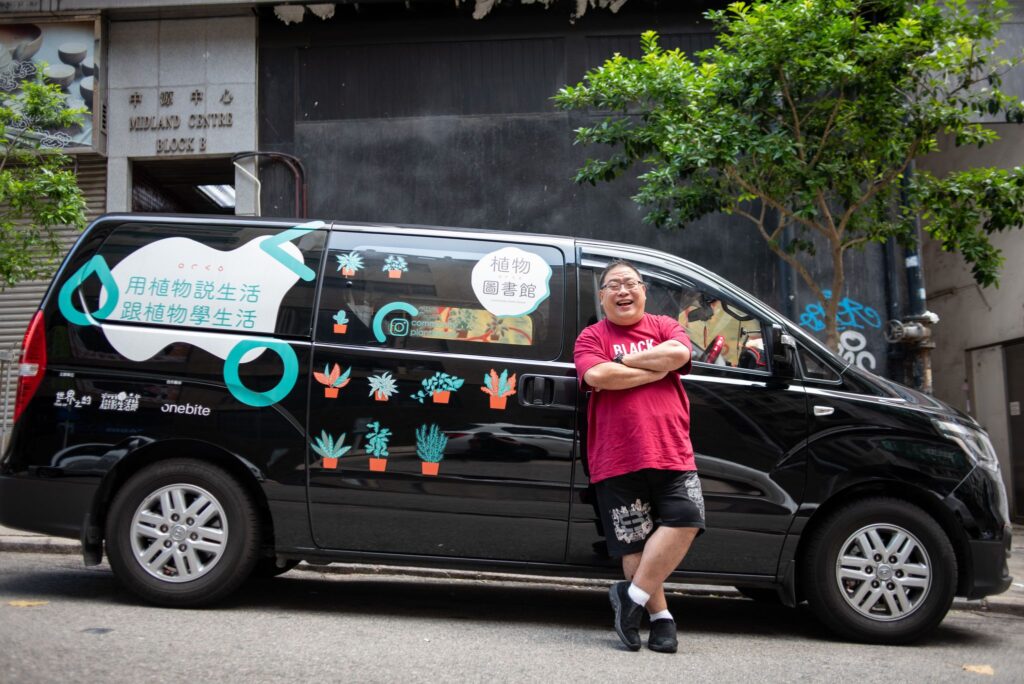
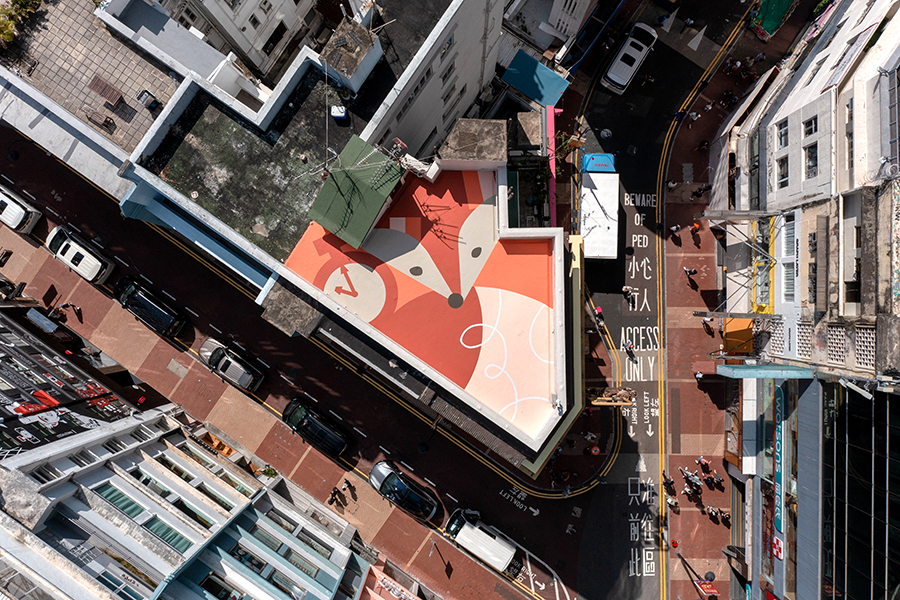
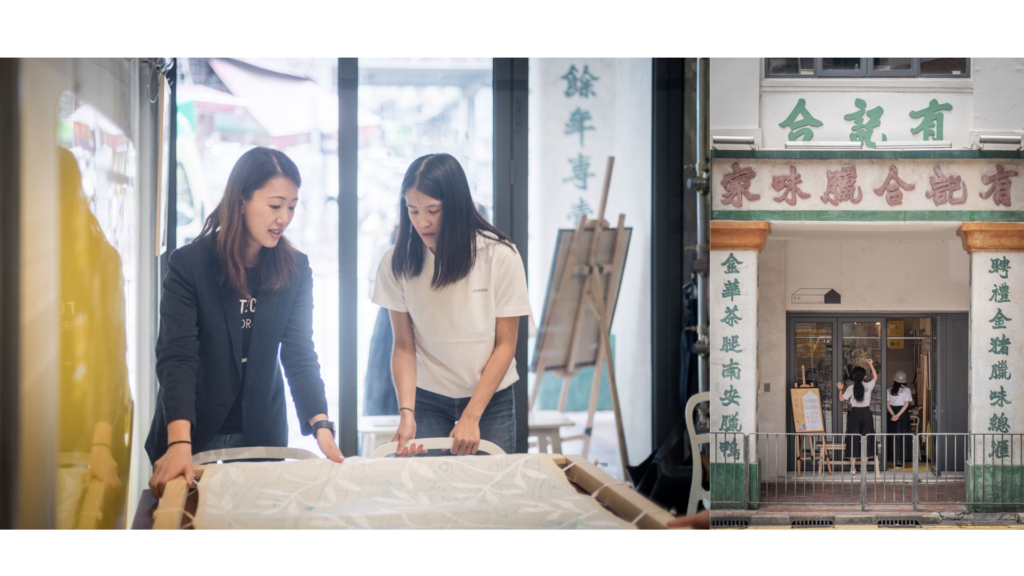
Through the everyday themes of “clothing, food, housing, transportation, and sharing” and simple design elements, the “Project House” located in Sheung Wan transforms temporary spaces to meet the needs of various activities, connecting vacant spaces with the community. (Photo: One Bite Design Studio)
From CUHK to the Community
After graduating from CUHK, Sarah stepped into the community, and her team’s footprints have spread across communities in Hong Kong. Their projects include the Siu Hei Court Play Space project in Tuen Mun, Wah Fu Lounge, and others. Through research, the team discovered that in Hong Kong, one of the most densely populated areas globally, public housing estates actually have over 200,000 square feet of rooftops that can be renovated and utilized. “Hong Kong is so small that sometimes you can’t even see the sky outside the window. Designers can create environments that make people happy and joyful. If we can make people willing to look out of the window, that is already enough.”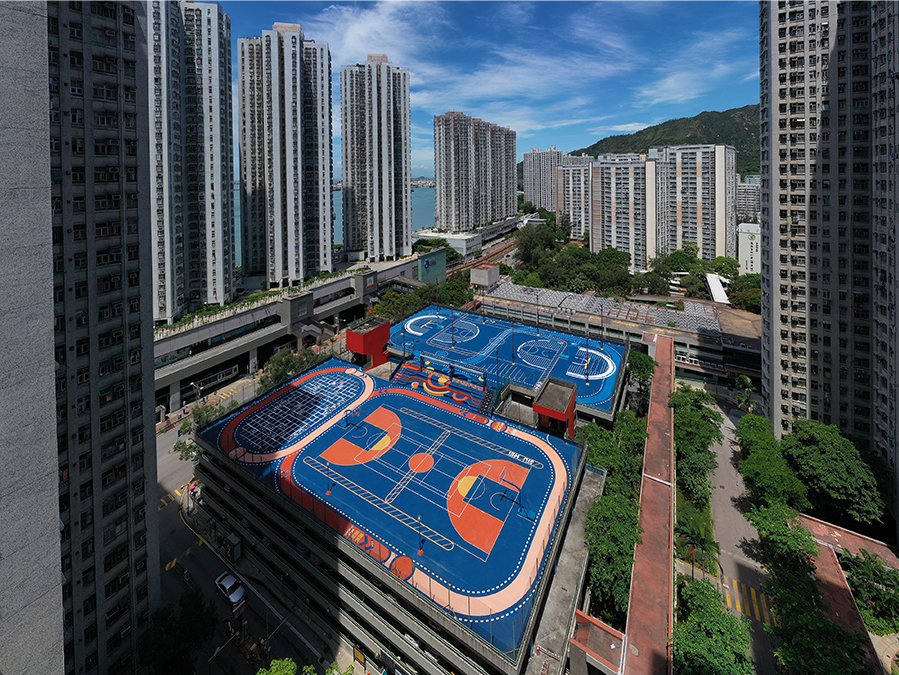
Every time Sarah talks about the rooftop project at Siu Hei Court in Tuen Mun, she can hardly contain her excitement on camera. One time, she unexpectedly learned that a university classmate’s family used to live in that estate. Her classmate was both surprised and moved: “I never thought that looking out from my home would reveal such beauty!”
This design has further strengthened her determination to work on social projects. “Every little emotional moment in each project pushes us to keep thinking: How many spaces in Hong Kong can accommodate such designs? We imagine gradually accumulating ‘bite by bite’ and advocating for why we can’t do more.”
An Architect Is Born

Why is she pursuing design as her career? Sarah talks about how her interest in architecture was sparked when she conducted architecture-related research while taking liberal studies in high school.
“I find architecture very interesting; it connects to our daily lives and also involves urban development, linking history and culture across the past, present, and future. A building can remain here for many years, perhaps decades or even over a hundred years. How can we ensure that people from different generations can enjoy the pleasures and life experiences that architecture brings? Architecture helps us understand our surrounding environment, from the development of a city to the quality of life for each individual.”
Therefore, her love for drawing and mathematics led her to enroll in the architecture school at Chinese University of Hong Kong, and after graduating, she furthered her studies at the Bartlett School of Architecture, University College London.
When Sarah first started studying architecture, she was overwhelmed by the workload. “Studying architecture is like testing how much sleep you need! Within two or three weeks of the semester starting, you already have to stay up late doing assignments.” However, she really enjoyed the learning model of architecture and the interactions with her classmates.
“There is no subject that does not require exams; every day, you just need to draw, cut models, talk, and read.” Besides studying, Sarah was also socially conscious, volunteering whenever she had a break. This laid the foundation for her down-to-earth approach in future work, striving to bridge the relationship between people and architectural design.
Serendipity with InnoPort
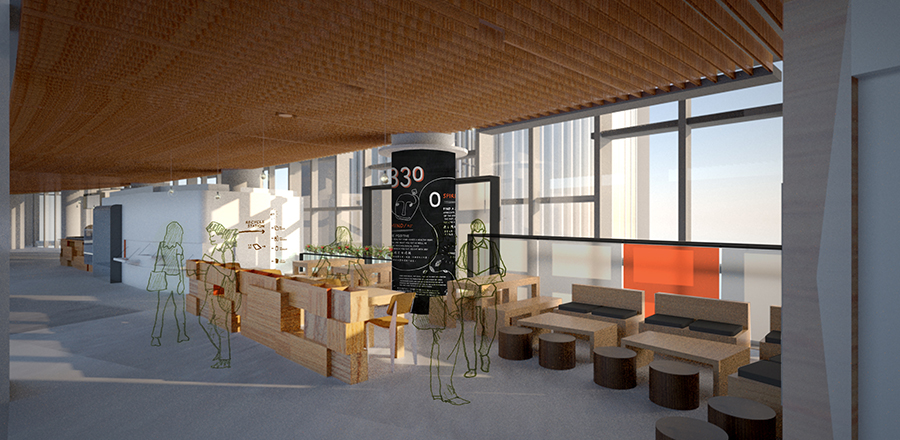

Sarah’s first project from her alma mater, CUHK, was designing the Creative Lab (clab) at Wu Yee Sun College. She also redesigned the layout of Cafe330 (originally located on the first floor of YIA). InnoPort is her third “bite” at CUHK.
During her school years, Sarah often passed by the former site of InnoPort, the Inter-University Hall. The Inter-University Hall was once a staff residence for Chung Chi College, meticulously designed by local designer Robert Fan. The building’s rubble stone exterior walls are a distinctive feature of early CUHK architecture (this element is also preserved in buildings like the Chung Chi College Chapel and the Elisabeth Luce Moore Library). The building’s elegance and charm left a deep impression on Sarah.
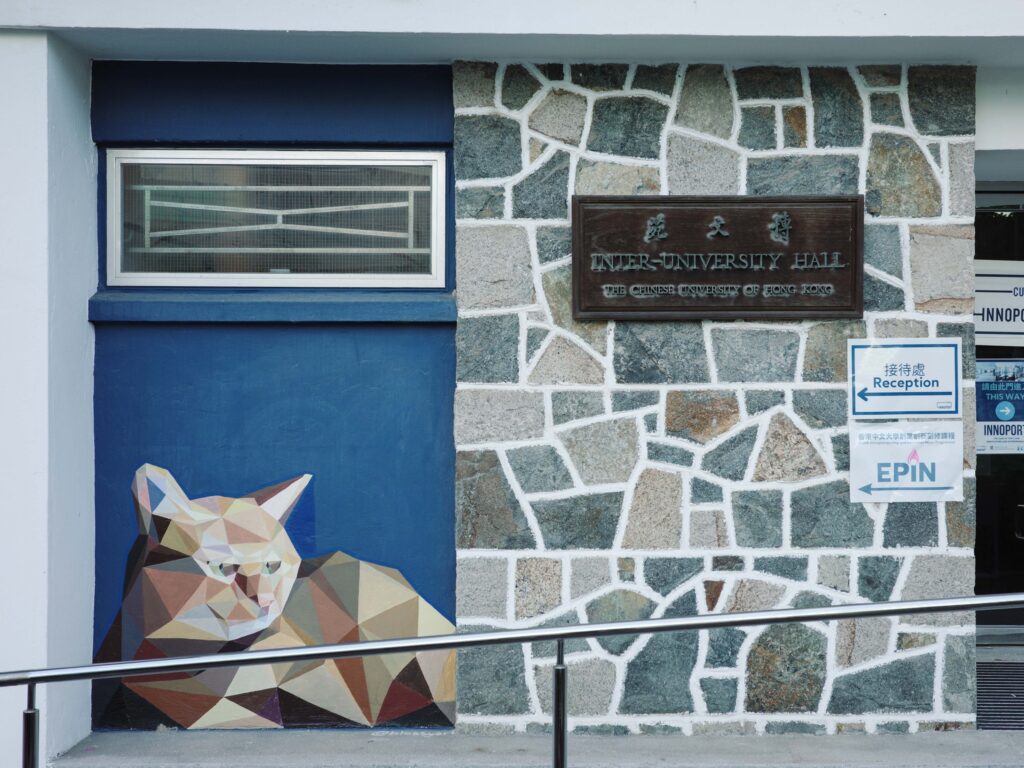
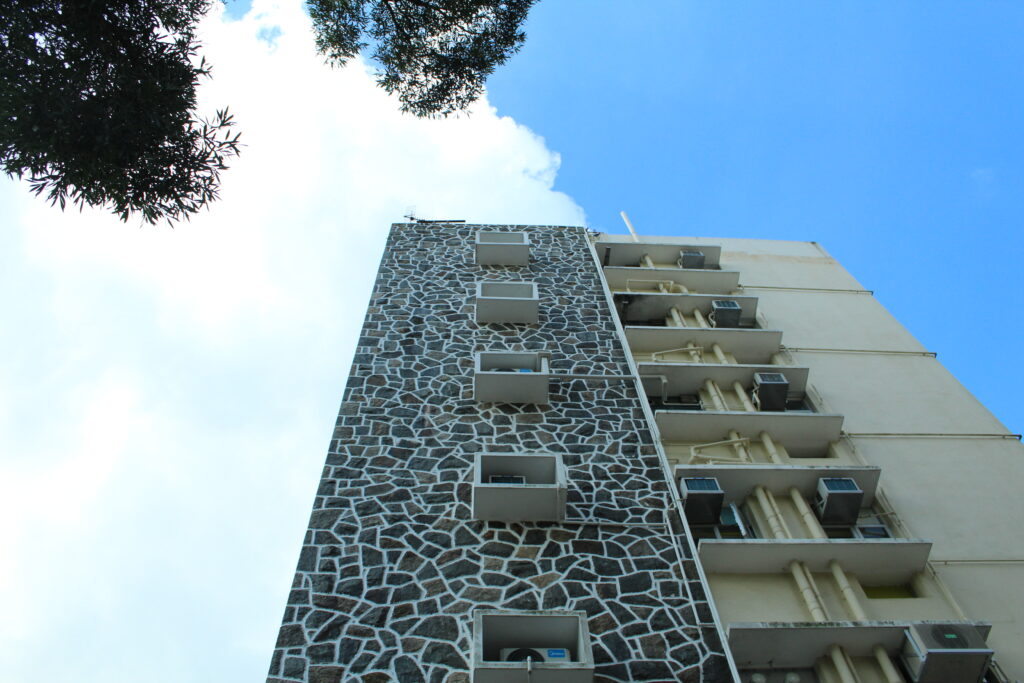
InnoPort retains the original structure of the Inter-University Hall, but the interior layout and design have been modified. Sarah mentioned, “One of the ideas was to open it up. If we want students to come, or for everyone to be willing to work here, there must first be a sense of openness. Having more spaces for sunlight to come in was one of my most profound thoughts at that time.”
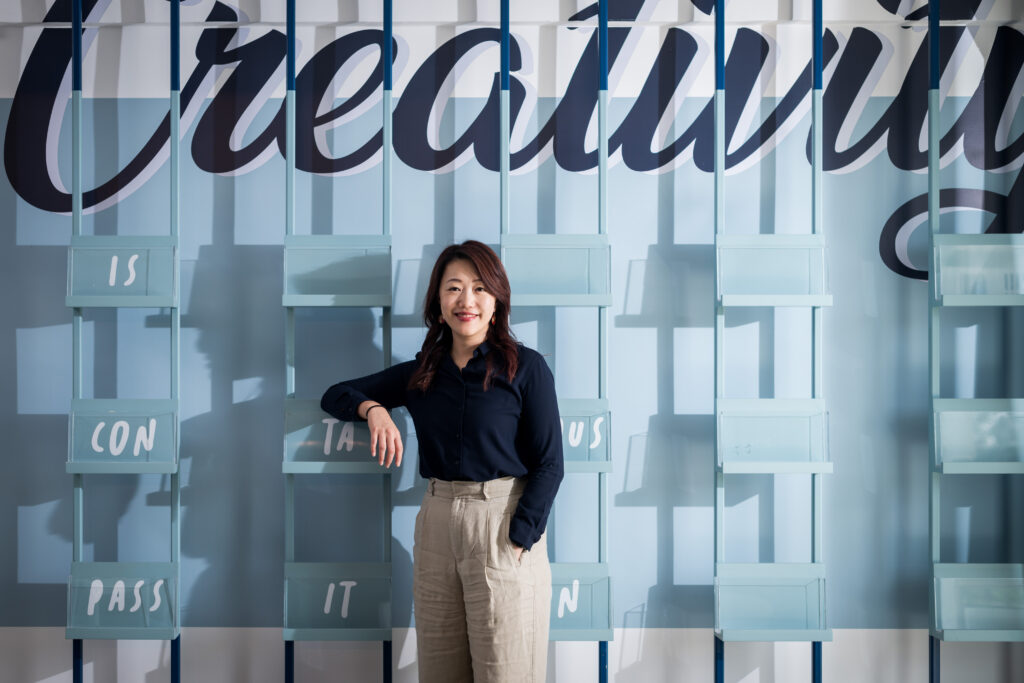
After the design was completed, Sarah participated as a guest speaker in many events held at InnoPort. Seeing her work again, Sarah was pleasantly surprised to find many new graffiti on the stairwell walls. In 2019, CUHK students entered InnoPort and participated in the design of the interior wall graffiti (by WePaint) in an atmosphere of inclusion and co-creation. “My favorite part of InnoPort’s design is not my own work — the graffiti on the stairs. This space have this kind of vitality, allowing everyone to be involved. The space should not be static; each year, students have their own ways to change it. I hope this can be achieved at InnoPort, and I hope that everyone can feel it.”
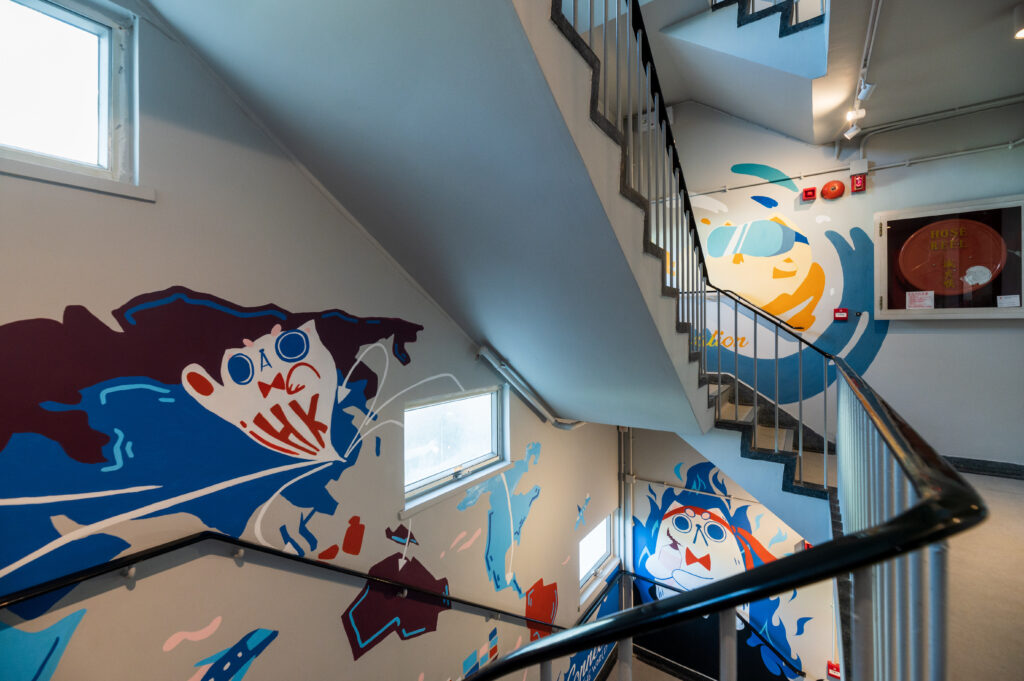
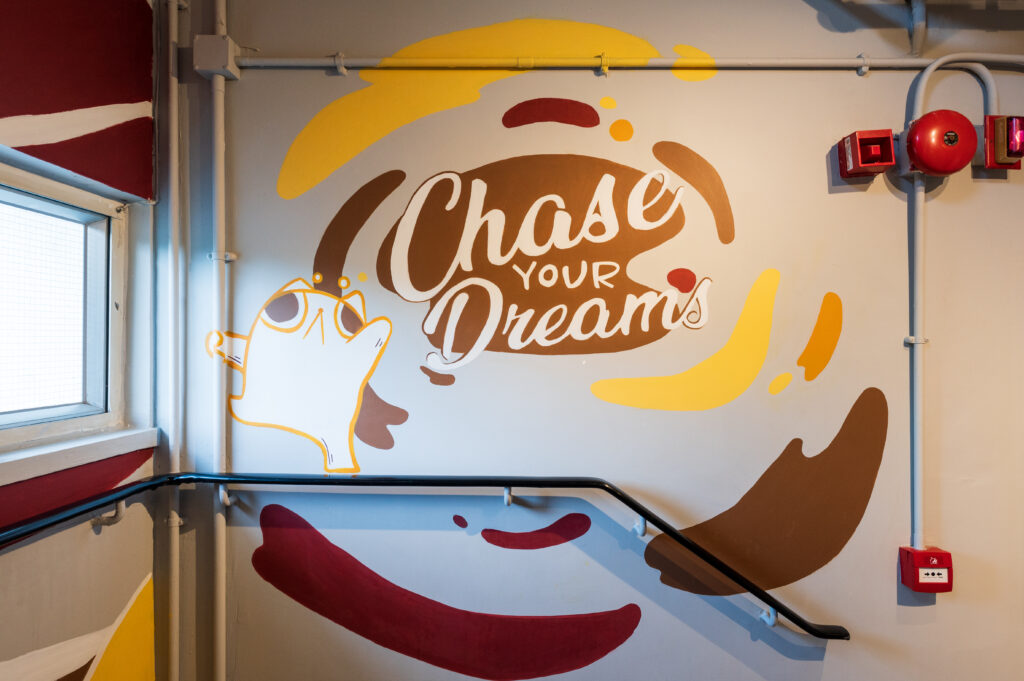
As InnoPort’s fifth-anniversary approaches, Sarah affectionately addresses her “baby”: “I hope everyone can continue to create this free space where people can start businesses or try out ideas. I believe that university is a place suitable for everyone to experiment, just try it. I trust that CUHK students, teachers, and alumni can continue to do this well together.” She encourages students experimenting with ideas at InnoPort to bravely face setbacks, keep trying, and motivate themselves to move forward.
In the process of making bread, fermentation is just one step. Controlling the appropriate temperature, humidity, and time, and balancing the amounts of yeast, flour, and water, is essential for creating a fluffy, uniquely flavored bread.
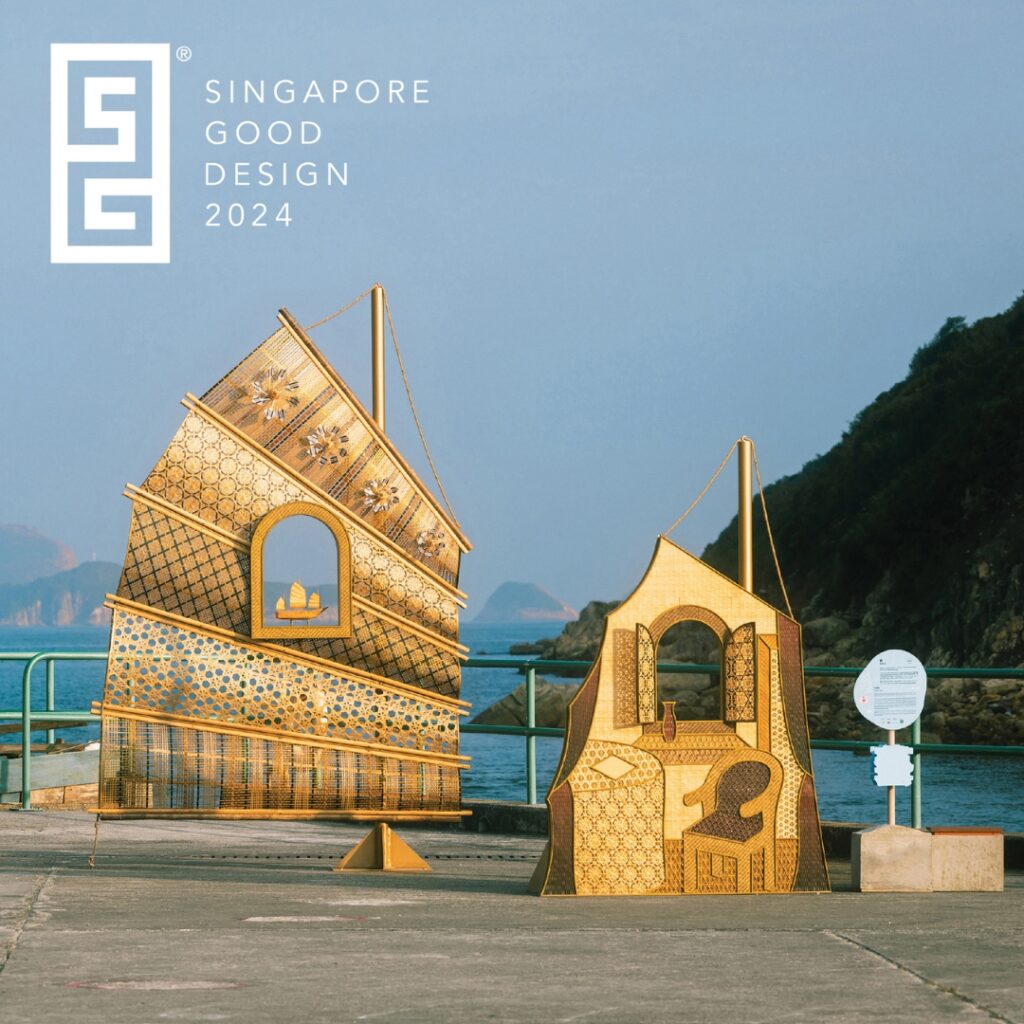
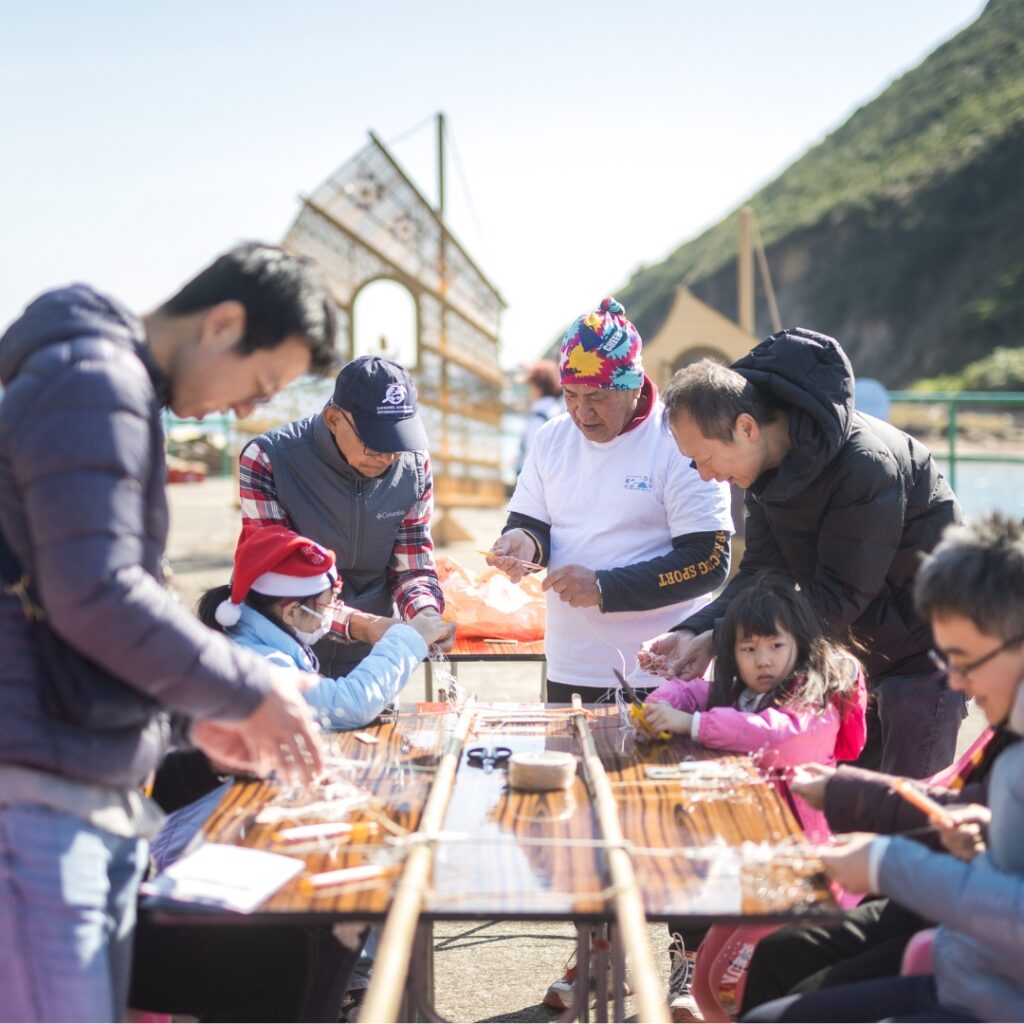
The Sai Kung Hoi Arts Festival 2023 has been awarded the Singapore Good Design Mark 2024 (Experience Design) and the Golden Pin Design Award 2024 (Integrated Design Category). This three-year festival, themed “Re-Island,” integrates the history, culture, heritage, natural landscapes, and artworks of Sai Kung. As this year marks the final year of the program, Sarah encourages everyone to participate! (Photo: Sai Kung Hoi Arts Festival)
The seeds of social innovation have taken root in Hong Kong. Community design and construction are attracting more and more public attention. Limited living space is certainly an issue. As an “extension” of everyone’s home, the community, through reasonable design and utilization, not only promotes public participation but also increases community vitality. From the distant waters of Sai Kung Hoi Art Festival to the nearby housing estates, Sarah will continue to explore and advance on the path of social innovation.
Edit by: CUHK ORKTS and Huang Xiangkun (Calvin) – CUHK students (Global Studies), Inno-Ambassador

